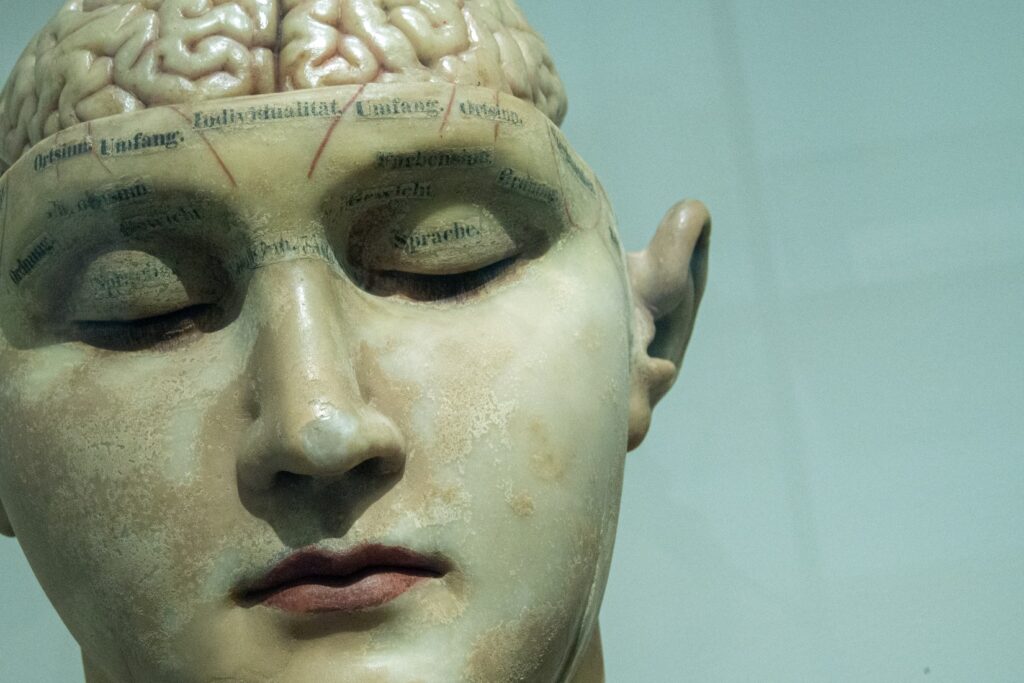
Do you consider bodily movements and exercise as part of your child’s academics? What about as part of your writing routine?
I encourage you to.
This is a great article that moves away from the idea of the brain being a “muscle” we should work out, as that usually encourages traditional “work” hunched over a desk with a pencil to paper. That is the very opposite of how we should view our body-mind link.
A major reason we are still allowed to engage in physical activity outside during shelter-in-place orders, is because it is necessary for mental health. For those self-isolating in apartments or in large cities where a jog around the park is not accessible, we can still move around inside and enjoy extensive benefits. Don’t think about these movements as exercise or work, though — connect your mind and body in a conscious, intentional way without the pressure of fitness goals. Instead, use that time to inspire creativity, self-meditation, and healing.
For kids: while doing yoga, dancing, or calisthenics together, ask how their bodies feel before, during, and after. Ask them what kinds of things they were thinking about while they were moving their bodies. Take an opportunity to have them write or draw about their bodies and experience. Or, before yoga, meditation, a run or bike ride, guide their minds to a place of imagination, and afterward, have them tell you a story they made up during their practice. Remember, writing and reading is not the ONLY form of literacy: oral language and storytelling are equal skills!
For others: guide yourself in the same processes as above by engaging in intentional movements that link your mind-body spirit. Let your mind wander as you move. If you have a partner, talk about your experiences afterward, and if you are doing it on your own, consider journaling. Again, don’t think about rigid goals, whether in fitness or writing. As yoga teacher and writer Tara Burke posits, this mind-body connection is embedded in “body agency, active listening, acceptance of the whole human experience, and holding space for one another to be seen, to be felt, to move and grow for greater, more alive and connected living.”
Decolonize the idea that a rigid work-mindset is our only access to learning. Reshape the way you see exercise by showing your child or yourself how language and movement are interconnected.

